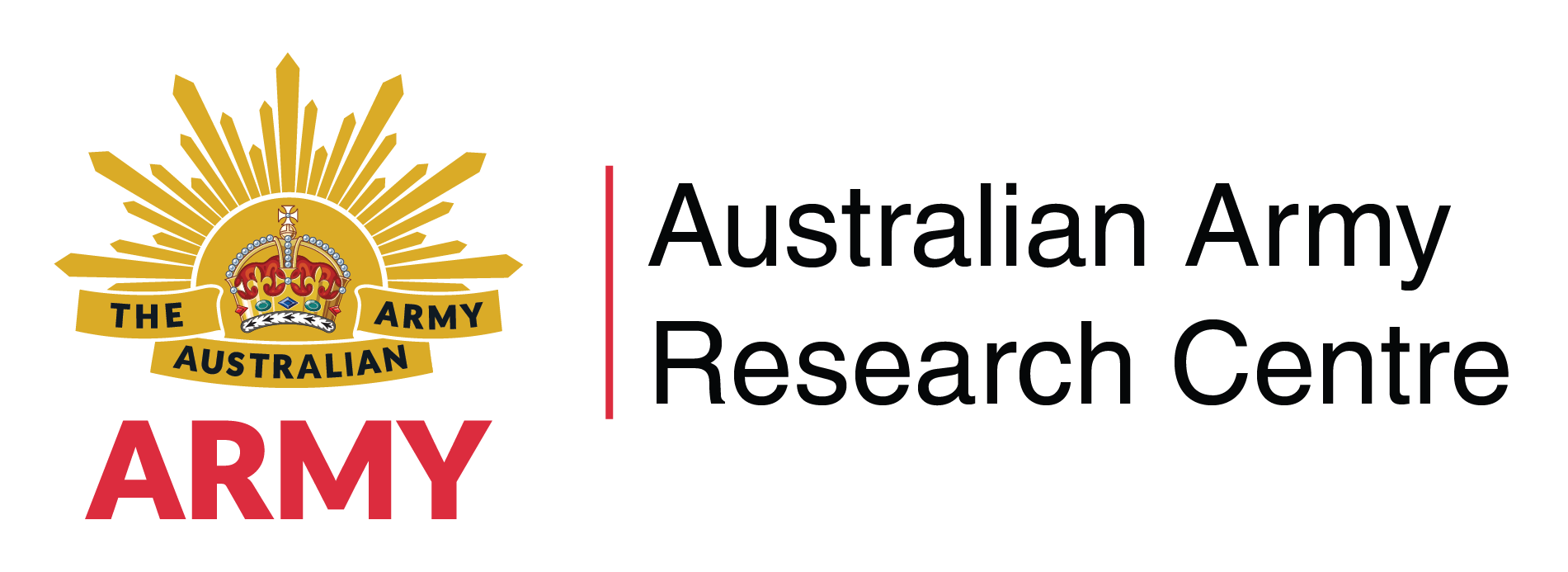Search
Using the filters to the left, click your selection, it will become bold and filter the results, click it again to remove that filter.
Executive Summary The impacts of the COVID-19 pandemic are seemingly stabilising, with global economies, including Australia’s, on the road to recovery. The ‘securitisation’ of diversifying and expanding threats ‘in the national interest’ might counterintuitively inhibit the development of the resilience needed from across all of Australia’s elements of national power. The Quarter 3 Strategic Assessment concludes that Army will face a planning challenge of ‘building back better’ via an expanding scope of …
Welcome to the fifth issue of Future Land Warfare Branch’s Spotlight Brief from the Australian Army Research Centre (AARC). This issue has a particular emphasis on issues relating to Army’s workforce, culture and ethics in addition to its usual areas of interest. People are at the centre of our Army. Our people are diverse, skilled and resilient volunteers. They lead, inspire and make a difference in our communities, in our region and across the world. They deliver results for Australia every day. Every …
Synopsis The themes and conclusions presented in the Quarter 1 Strategic Assessment continue in the second quarter of 2021. COVID-19 continues to dominate the world, although heroic scientific and manufacturing efforts have seen vaccine production expand and grow. While vaccines offer a way out, it is still too early to return to a pre-COVID world. The Army must expect and plan to continue supporting domestic efforts, especially in accelerating vaccine rollouts, as well as supporting our regional partners …
Future Land Warfare Essay Collection Foreword Change is hard. As Army’s Future Land Warfare, we contest ideas, encourage discourse and propose concepts that are often not to the satisfaction of every faction, agenda, or interest-group focused on the generation of land power as part of the Australian Defence Force. It is for this reason that the selected essays, written by members of the Australian Army Research Centre, the Australian Army History Unit, the Robotics and Integrated Technologies …
Spotlight Briefs provide a curated overview of issues relevant to Australian Landpower. They derive solely from available open source material. Importantly, inclusion of material in a Spotlight Brief does not imply or reflect Australian Army, Australian Defence Force or Australian Commonwealth Government policy. The brief will be published monthly on the Australian Army’s Landpower Forum . The Australian Army Research Centre welcomes feedback on all publications. If you have a comment, or would like to …
A Note from the Editors Spotlight Briefs provide a curated overview of issues relevant to Australian Landpower. They derive solely from available open source material. Importantly, inclusion of material in a Spotlight Brief does not imply or reflect Australian Army, Australian Defence Force or Australian Commonwealth Government policy. Additionally, I would like to take this opportunity to highlight another new publication. The AARC has worked with the RAND Corporation Australia to deliver a report which …
This paper is the first in the Occasional Paper - Command and Leadership Series and is published in line with one of the Chief of Army’s primary tasks for AARC: to enhance the quality of leadership in Army. Nothing is more important to an army than the standard of its leaders. Success or failure in every military endeavour throughout history can be linked to the quality of leadership displayed, and therefore, any research which can positively impact on the quality of Australia’s future Army leadership is …
This is the standard we walk past In a 2013 video message to our Army my predecessor Lieutenant General David Morrison challenged us to examine our individual and group behaviours, and to consider whether our personal actions accorded with the values required for continued service in the Australian Army. This three minute video caught the attention of many in our Army, the broader Australian community and the global community. It also issued a challenge: the standard you walk past is the standard you …
Knowing what military theory is, and what it is not, is vital. It helps identify what writings further our understanding of war and warfare, and guides professional military education and research for future doctrine and training. This work answers the questions of what military theory is, where it sits within the wider context of the study of conflict, and which theorists are key in defining its body of knowledge. Many military professionals and academics outline the importance of military theory and the …
The British operation in Sierra Leone is regarded as a rare success for Western military intervention. In the popular narrative, British paratroopers deployed to Freetown over a weekend and, through a mix of professionalism, organisation and chutzpah, ‘[saved] the UN from disaster and [hastened] the end of an exceptionally nasty war.’ As Alex Renton later wrote for the Observer: ... the Sierra Leone intervention worked – uniquely well, in the history of modern military interventions in Africa. The rebel …









